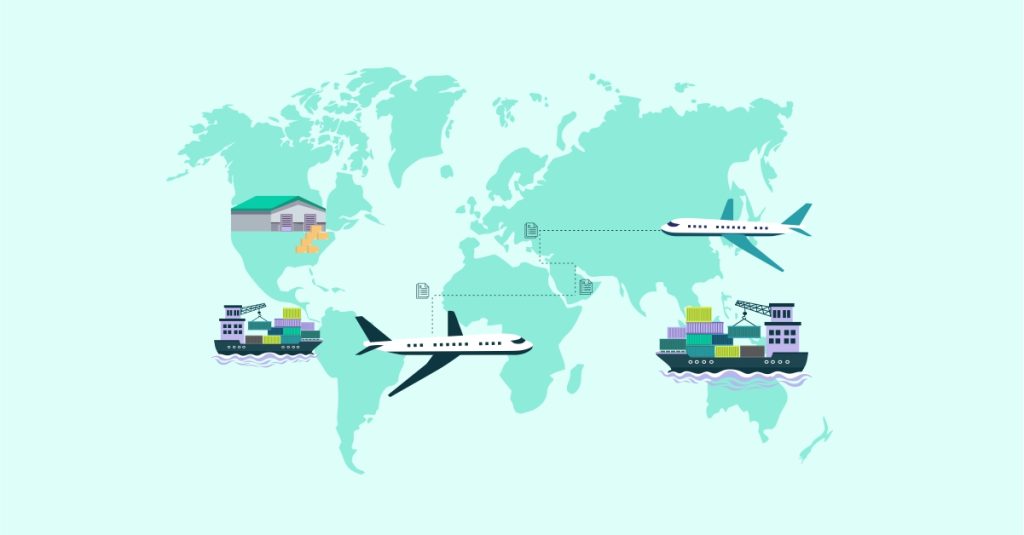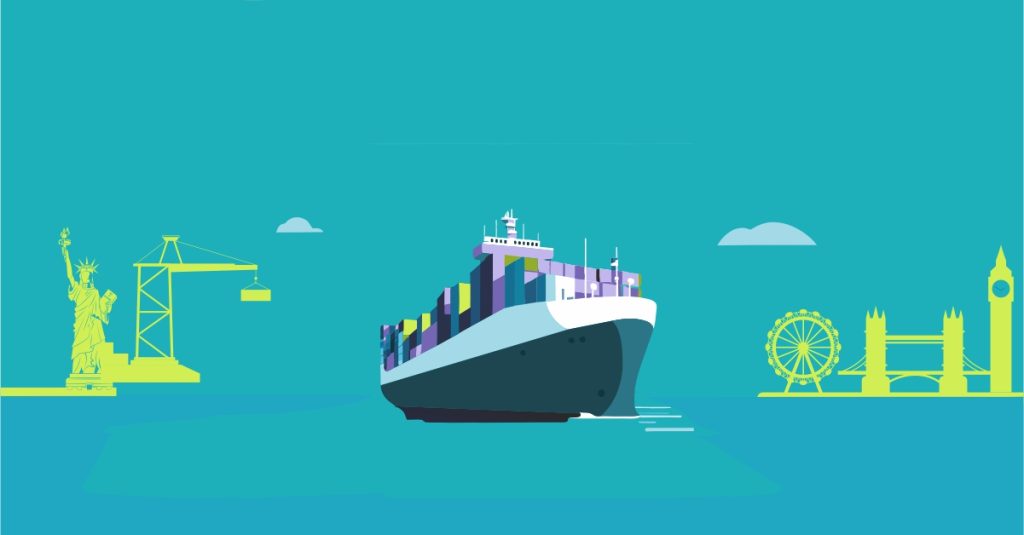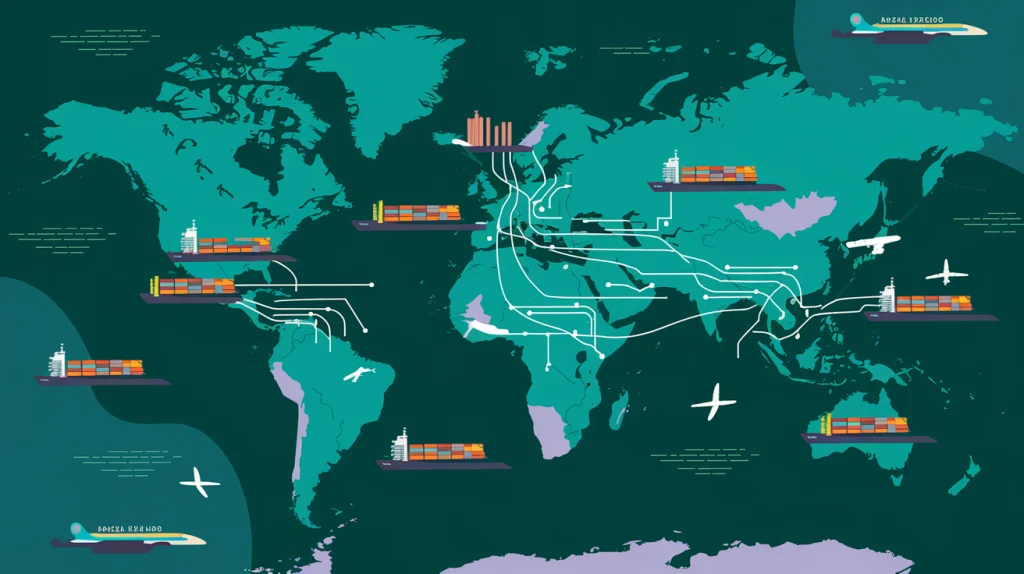If your ecommerce business relies on inventory from overseas, you might need (or already use) a freight forwarding service like Unicargo. Not only do these services help streamline the supply chain and handle the associated logistics, they take a lot of time and effort off of your plate so you can focus on growing your business. In fact, investing in a freight forwarding service is an opportunity for growth in itself. After all, you’ll have more confidence that your inventory will arrive to an FBA warehouse on time and without any issues, which means it’ll be ready to ship as you make sales AND you won’t have to worry about stocking out.
So what’s the best way to actually invest in freight forwarding? For many ecommerce sellers, outside financing can help you leverage their services while also maximizing your inventory management so you can turn more product more quickly and set your business up for long term growth.
With that, here’s everything you need to know about financing your international inventory management:
General Financing Tips:
- Prove your product(s). First and foremost, you want to continue selling products that are in demand and will actually make you money. It makes no sense to invest in something that you either aren’t sure of or that has already been a challenge for you sales-wise. In fact, you should really only consider financing if sales are skyrocketing, which leads us to our next tip…
- Watch for sales spikes. As a growing business, you’ll know you’re ready for financing when sales spike quickly and you have a hard time meeting demand. Not only that, if demand is consistently higher than your supply, you may need financing to invest in larger inventory orders. Along these same lines, if a busy season is approaching, you should plan ahead by bulking up on inventory.
- Time things right. Buying overseas can be complicated, what with language barriers, cultural differences, customs processes, longer shipping times, etc. So if you know you’ll need an inventory order in-hand in six months, start thinking about your order and how you’ll fund it well in advance. Fortunately, your freight forwarding service can help you come up with the right timeline so you don’t have to worry about gaps in stock or gaps in sales.
- Update your financial & business records. Lenders will want to see your business and sales performance, so make sure you have the latest reports ready. Depending on the lender, this could include sales volumes, balance sheets, profits & losses, assets and debts, future projections, inventory reports, etc. Most of this information should be updated in real-time in Seller Central or another third-party accounting service you might be using.
- Use an FX service. You can transfer money to different currencies to pay for suppliers and yourself using an FX service such as OFX. This is a lot cheaper and easier than using your bank for international transfers.
Financing Options: Term Loans
In general, with a term loan, you borrow a specific amount of money and have fixed payment terms — meaning you pay it back in fixed dollar increments over a certain period of time. These days, there are several types of term loans, including traditional bank term loans and short term loans, and the “terms” for each are quite different:
- Traditional Bank Term Loan. Bank term loans tend to be large dollar loans with long payment terms — think $1 million loans over several years. Interest rates tend to be low, but the bank loan process is tedious and approval rates are extremely low, especially for ecommerce businesses. In fact, unless you have a thriving and established business with a robust physical presence, years of experience, and a track record of stellar (and continuing) growth, you shouldn’t expect to get an approval.
- Short Term Business Loan. Some lenders offer shorter term loans as an alternative to a bank’s longer term loan. For small and ecommerce business owners, this can be an attractive option, especially when you have a fast-approaching ROI. For example, if you’re looking to invest in inventory that you can turn for profit within a month, it doesn’t really make sense to use a loan for it that you’ll still be paying back after a year. Not only are these loans shorter term (as low as three months), they’re also smaller dollar (five- and six-digit amounts), and more expensive.
Lines of Credit
Lines of credit essentially act as a revolving pool of funds that you can draw from as you need it — similar to a credit card, only you’re dealing with actual cash, not credit. You would pay interest on what you draw and, in some cases, a fee to keep your line open.
Inventory Financing
Because most retailers use financing to invest in inventory, there are actual inventory financing lenders that loan money to businesses for the expressed purpose of buying inventory. In many cases, that inventory is then used as collateral against the loan.
Ecommerce Financing
Last but not least, there are financing options designed specifically for ecommerce sellers like you. One such company is Payability, which offers a variety of solutions to help you bridge cash flow gaps and invest in inventory as you need it.
With Payability, credit checks are not required, collateral is not necessary, and terms line up with your actual needs. What’s more, the application process is simple (including an assessment of your sales performance and business health) and funding is nearly real-time (you could get financing in as fast as 24 hours).
Here’s how Payability’s financing options work:
- Payability Instance Advance: Payability buys up to $250,000 in your future receivables up front and at a discount, giving you a large lump sum of cash. Use this cash to invest in your overseas inventory and/or logistics service, without putting any such inventory up for collateral.
- Payability Instance Access: Get daily marketplace payouts on your prior day’s sales. So if you make $1,000 on Monday, you’ll get access to $800 of it on Tuesday (the rest of kept on temporary hold in case returns or chargebacks occur). Imagine what you could do with daily access to your own cash.
- Payability Seller Card: Get 365/24/7 access to your income, including on weekends and holidays as well as when you’re on the go. Enjoy 2% cash back perks, too.
At the end of the day, Payability understands how Amazon and other marketplace sellers do business and their solutions are designed to help you take better control of your business and its growth. Just ask one of the 2,500+ sellers that have benefited from Payability, like Wild & Gold Distributors, who grew their Amazon business by 50% in one month after her first Instant Advance.
To make smarter inventory investments overseas and really take your business up a notch, visit http://go.payability.com/Unicargo to learn more about their exclusive discounts for high volume sellers and get a $250 sign on bonus.


